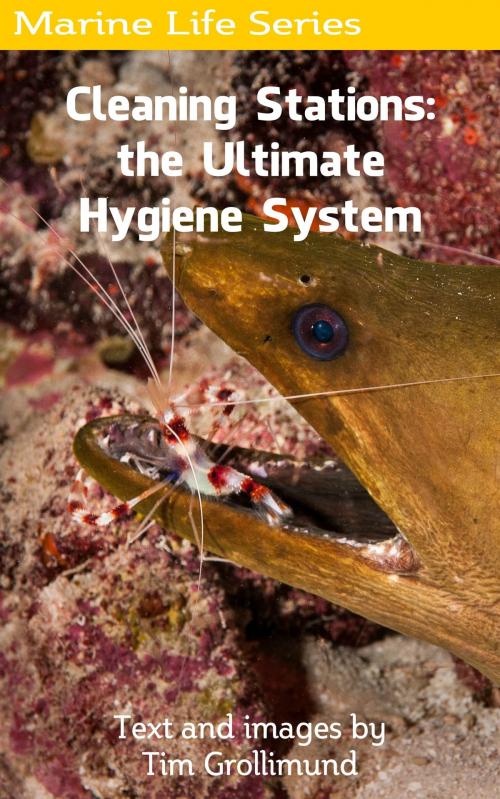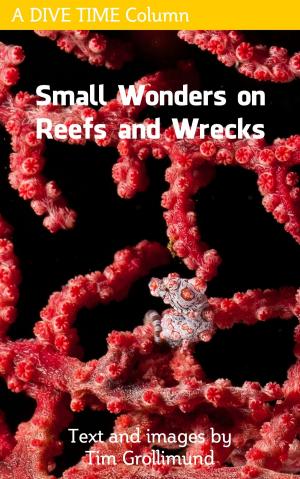Cleaning Stations: the Ultimate Hygiene System
Nonfiction, Sports, Water Sports, Scuba & Snorkeling, Science & Nature, Science, Biological Sciences, Marine Biology| Author: | Tim Grollimund | ISBN: | 9781370864263 |
| Publisher: | Tim Grollimund | Publication: | February 18, 2017 |
| Imprint: | Smashwords Edition | Language: | English |
| Author: | Tim Grollimund |
| ISBN: | 9781370864263 |
| Publisher: | Tim Grollimund |
| Publication: | February 18, 2017 |
| Imprint: | Smashwords Edition |
| Language: | English |
Cleaning stations are an essential element in reef ecology. All three parties - cleaners, clients and parasites - are part of a big matrix that runs the gamut from mutually beneficial to intrusive or harmful. When I first began my research, I thought this would be a no-brainer. A fish or turtle pulls into the station, gets its windshield cleaned and oil checked by a wrasse, a goby or a shrimp, and exits back into the normal flow of reef traffic. What I found was it can be as simple as previously noted, but there are, as is usually the case, complications. The original work treated the relationship as beneficial to both parties - the cleaner and the client. In the earliest definitive treatise on the subject, in 1961, the topic was created, and has been shaped and polished over the years as more information has been gathered. As more variables have been considered and observations amassed over the years, we now have a complicated web that includes honesty versus cheating - a game theory construct - and cleaner, client and parasite abundance variations that affect the range of behaviors in this relationship.
Cleaning stations are an essential element in reef ecology. All three parties - cleaners, clients and parasites - are part of a big matrix that runs the gamut from mutually beneficial to intrusive or harmful. When I first began my research, I thought this would be a no-brainer. A fish or turtle pulls into the station, gets its windshield cleaned and oil checked by a wrasse, a goby or a shrimp, and exits back into the normal flow of reef traffic. What I found was it can be as simple as previously noted, but there are, as is usually the case, complications. The original work treated the relationship as beneficial to both parties - the cleaner and the client. In the earliest definitive treatise on the subject, in 1961, the topic was created, and has been shaped and polished over the years as more information has been gathered. As more variables have been considered and observations amassed over the years, we now have a complicated web that includes honesty versus cheating - a game theory construct - and cleaner, client and parasite abundance variations that affect the range of behaviors in this relationship.















